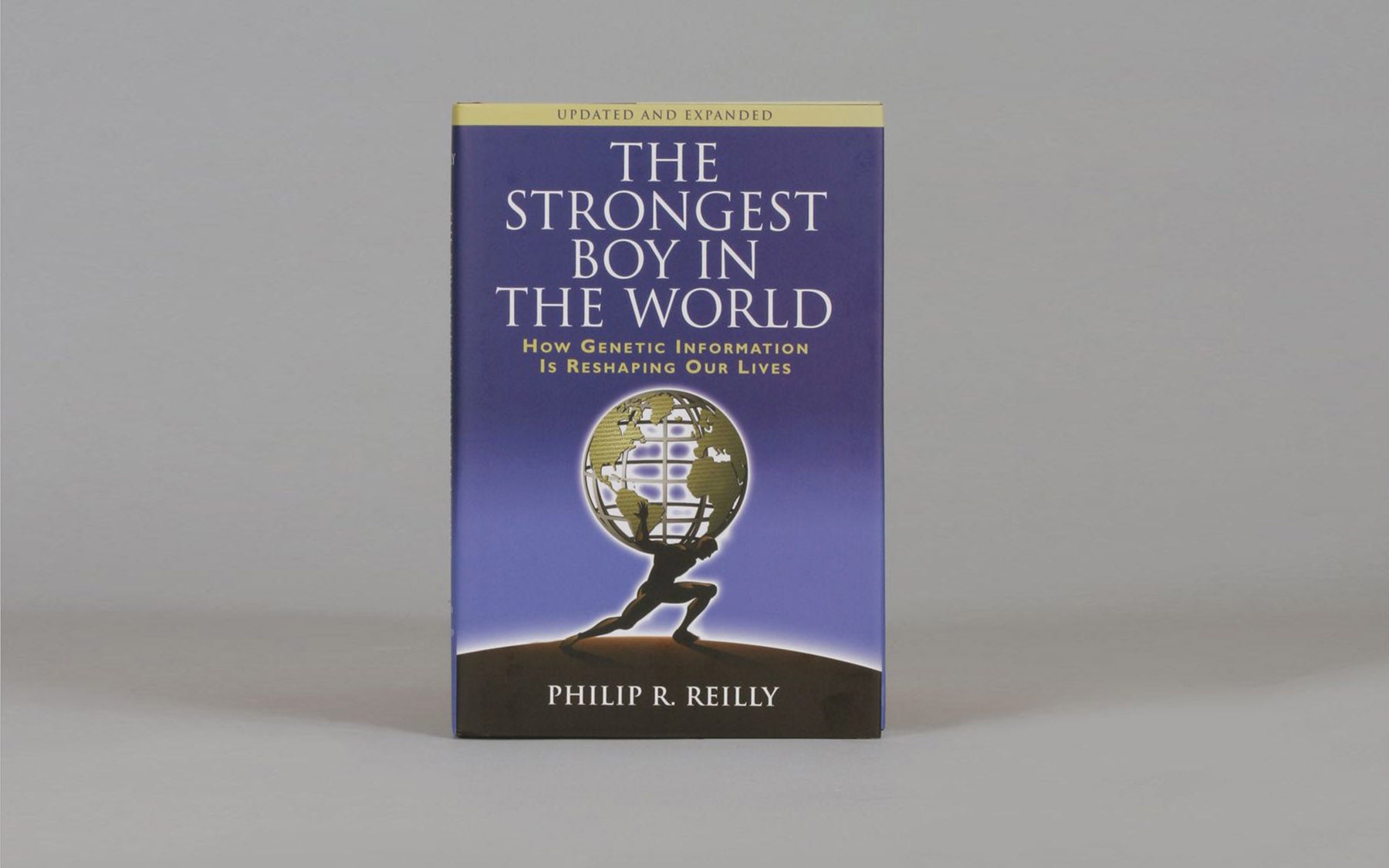Do particular genetic makeups produce “superhuman” physiques? How long before athletes can adopt “gene doping”—injecting copies of certain genes to give muscles extra capacity (very much on their radar screens although already banned by the World Anti-Doping Agency [WADA])? Or before college or even high school coaches make genetic testing part of their recruitment process?
Philip Reilly discusses these and other related questions in his new book The Strongest Boy in the World: How Genetic Information Is Reshaping Our Lives published by Cold Spring Harbor Laboratory Press.
Genome biologists are beginning to uncover precisely how groups of human beings differ from each other at the level of DNA. Consider the Kenyans.
Athletes from Kenya have dominated running events from middle distance to marathons for more than forty years. Nearly all the champions are from a minority group, the Kalenjin, who comprise some gene variants that affect the shape and mass of leg muscles and others that make cell metabolism more efficient.
As a result, Kalenjin need 8% less energy to run a kilometer than athletes with other genetic constitutions—a huge competitive advantage, Reilly’s book points out.
And then there’s the gene variant that alters just one protein in “fast-twitch” muscle fibers. It’s found in 20% of healthy, non-athletic people. But in elite sprinters, it’s almost completely absent and in endurance athletes, it’s more frequent than normal, Reilly reports.
Has human evolution produced a trade-off between speed and endurance at the molecular level? After all, competitors in the decathlon who excel in the power-based events like long jump and hurdles, generally don’t do well in the 1500 meters.
Elsewhere in his book, Reilly discusses the many areas in which gene-based choice is looming, from pet selection and dietary preference, to issues of genetic diagnosis, DNA forensics, and stem cell research.
This book is recommended to anyone interested in current genetic science and its myriad social and ethical implications.
Written by: Communications Department | publicaffairs@cshl.edu | 516-367-8455
